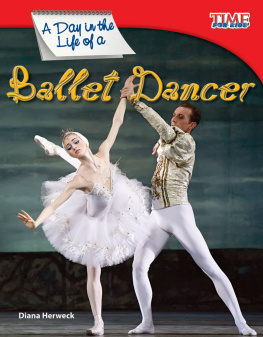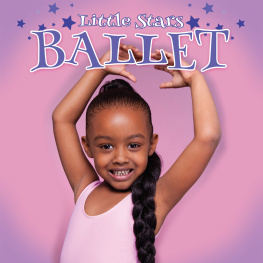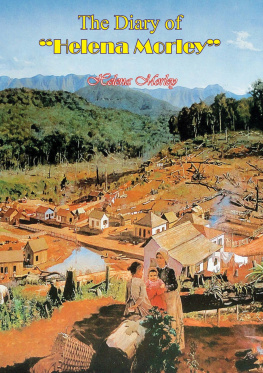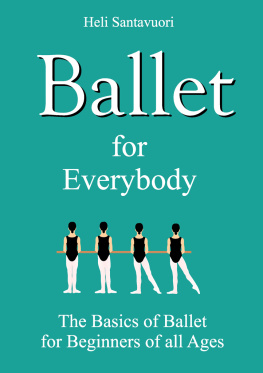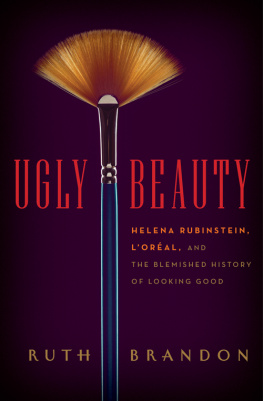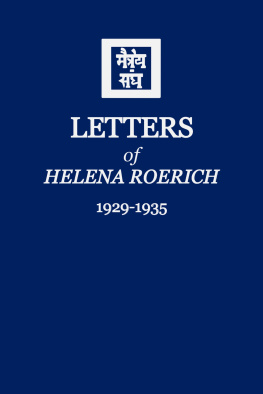First published 1998 by Berg Publishers
Published 2020 by Routledge
2 Park Square, Milton Park, Abingdon, Oxon OX14 4RN
605 Third Avenue, New York, NY 10017
Routledge is an imprint of the Taylor & Francis Group, an informa business
Helena Wulff 1998, 2001
All rights reserved. No part of this publication may be reproduced or transmittedin any form or by any means, electronic or mechanical, including photocopying, recording, or any information storage or retrieval system, without prior permission in writing from the publishers.
Notice:
Product or corporate names may be trademarks or registered trademarks, and are used only for identification and explanation without intent to infringe.
Library of Congress Cataloging-in-Publication Data
A catalog record for this book is available from the Library of Congress.
British Library Cataloguing-in-Publication Data
A catalogue record for this book is available from the British Library.
Typeset by JS Typesetting, Wellingborough, Northants.
ISBN 13: 978-1-859-73993-8 (hbk)
This book has grown out of a love for ballet and dance that I kept stowed away for many years. By making an anthropological study of the ballet world, I have been able to combine my intellectual and artistic interests into a research approach that also offers an understanding of contemporary life, work and thought in general.
My gratitude to the many people and institutions that made this study possible is enormous. Simon Mottram, ballet director of the Royal Swedish Ballet during my field study, was an invaluable key informant and introducer who became a friend. A highly intelligent and imaginative artist, Simon often understood intuitively what kind of information or access I needed. Through his many connections, he opened up the transnational ballet world for me. I am in great debt to Simon for being my guardian angel in the ballet world.
I owe special thanks to Eskil Hemberg, director of the Royal Opera House in Stockholm during my field study, and Nils-ke Hggbom, the ballet director who gave me permission to spend one year with the Royal Swedish Ballet. He also saw to it that I got access to the American Ballet Theatre. Dag Simonsen, ballet producer of the Royal Swedish Ballet at the time, was always supportive and pivotal for my access to the Royal Ballet in London.
Among the people I met backstage at the Royal Opera House in Stockholm, I would in particular like to thank Gunilla Roempke, Jan Willem de Roo, Per Mankeus, Dobrana Mirchev, Viktor Fedotov, Eric Sjstrm, Vija Briedis, Marika Lagercrantz and Bo Wulff (not a relative). Per Mankeus, Paul Nelissen, Agneta Stjernlf-Valcu and Ewa Bjarnholt were also helpful.
A Swedish The Nutcracker by Par Isberg made ballet history in 1995. I have had many enjoyable conversations with Par, considerate and insightful house choreographer of the Royal Swedish Ballet. Madeleine Onne provided well-articulated information about ballet as a career. Johanna Bjrnson, Eva Nissen and Hans Nilsson also contributed generously to the study. So did Anneli Alhanko, Matti Alenius, Jan-Erik Wikstrm and Anna Valev. Elina Lehto and Charlotte Stlhammar shared much information about ballet, as did Christian Rambe and Tiiu Kokkonen, Mikael Fjellstrm, Henrik Burman, Anders Groth, Kate Lind af Hageby and Alexandra Kastrinos. I also wish to thank Marie Lindqvist, Susanna Englund and Rennie Mirro.
I visited the Swedish Ballet School in Stockholm, thanks to Kerstin Lidstrm, the director.
I am extremely grateful that the administrative director Anthony Russell-Roberts at the Royal Ballet in London accepted my presence there. The director Sir Anthony Dowell and assistant director Monica Mason also took a kind interest in my study, as did Christopher Carr, Elizabeth Anderton and Jeanetta Laurence. With Britt Tajet-Foxell, consultant psychologist at the British Royal Ballet, I share a concern for dancers health and well-being. I appreciated Britts warmth, enthusiasm and hospitality very much. Rebecca Hanson and Niki Katrak were important gate-openers on my way through the networks in the British ballet world.
The young choreographer and dancer, Matthew Hart, told me how he got the ballet bug and helped in many other concrete ways, and also through his positive outlook. So did Benazir Hussein, Ricardo Cervera and Joshua Tuifa. Sylvie Guillem supplied insightful and original views on ballet and ballet culture. Zoltn Solymosi, Viviana Durante, Deborah Bull, Sarah Wildor and Darcey Bussell amply shared their experiences of ballet with me. At the British Royal Ballet, I would also like to thank Irek Mukhamedov, Adam Cooper, Ashley Page, Tetsuya Kumakawa, Fiona Chadwick, Belinda Hatley, Hubert Essakow, Milena Regis and Patricia Roivas.
Adrian Grater at the Benesh Institute in London was very informative about ballet notation. Not that far away from the ballet world in London, the sculptor Antony Dufort (who sometimes makes ballet drawings) provided interesting conversation.
At the American Ballet Theatre in New York, I owe the greatest debt of gratitude to the artistic director Kevin McKenzie. The assistant director at the time, Ross Stretton, was also supportive, as were Terence S. Orr, Michael Owen, Georgina Parkinson, Irina Kolpakova, David Richardson and Florence Pettan.
Johan Renvall was a very helpful first contact at the American Ballet Theatre. Later, Marianna Tcherkassky, Susan Jaffe, Cynthia Harvey, Paloma Herrera and Robert Hill spoke eloquently about ballet. So did Guillaume Graffin, Parrish Maynard, Yan Chen, Christina Fagundes, Lisa Sundstrom, Amy Wilder, Christopher Martin, Laura Martin, Katherine Linden and Vladislav Kalinin. Rebecca Massey and Robert Underwood were especially interested in my study.
Adam Sklute at the then Joffrey Ballet took me to rehearsals with his company and provided information about ballet life in New York.
Despite the fact that William Forsythe harbours a pronounced dislike of representations of his company, he allowed me into Ballett Frankfurt in Frankfurt-am-Main. It is therefore with a particularly deep bow of gratitude and admiration that I thank William Forsythe. His choreography continues to open up unimagined spaces and atmospheres. The administrative director at Ballett Frankfurt, Urs Frey, is very good at his job, and was indeed helpful with the study. Anders Hellstrm contributed extensively by way of intelligent, tragic, sensitive and witty accounts of the ballet world. Thierry Guiderdoni provided wisdom, zest and elaborate explanations of ballet. Stefanie Arnt, Desmond Richardson, Antony Rizzi, Dana Caspersen, Francesca Harper, Simon Frearson, Anouk Spiess and Bill Seaman were all supportive. I thank them, Nik Haffner, Dirk Haubrich, Bettina Eger, Heiko Frosch, Chris Salter and Philipp Danzeisen for good company, as well, and Matthias Lorenz and Joel Ryan especially. Nicholas Champion helped me getting a certain video tape. Ivar Hagendoorn offered dance enthusiasm and practical information.



